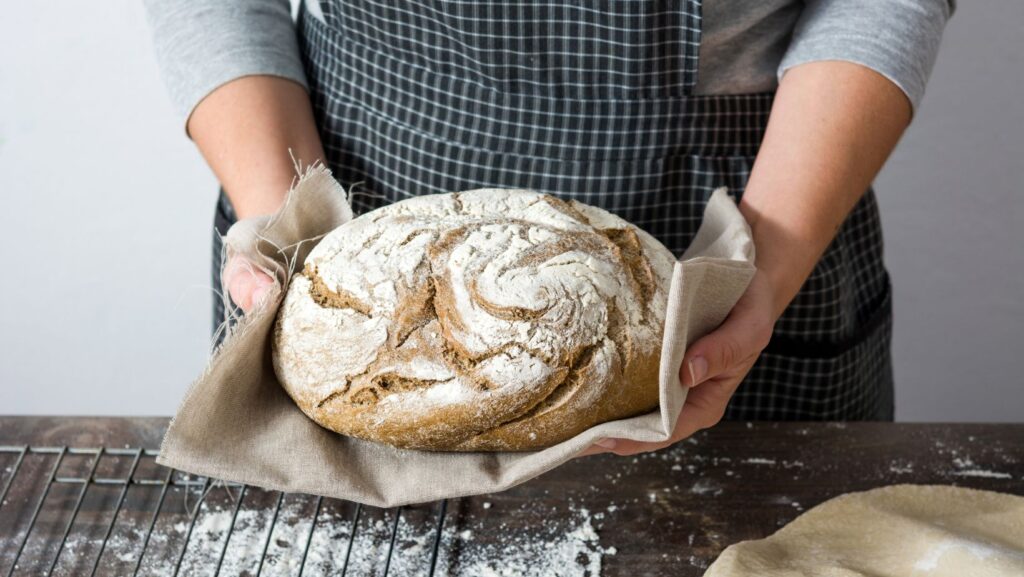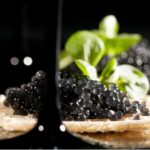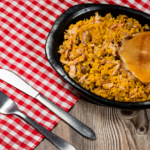Bread making may seem an easy task, but those who have tried their hand at baking would differ. To bake fluffy and crispy bread at home, you need a good understanding of the processes and ingredients. Mastering the nuances of gluten network formation and the mechanism of leavening agents will help you bake soft, well-textured bread.
Table of Contents
The Interplay of Chemical Leavening Agents
What do you think makes the bread sold at stores light and airy? It is the magic of the leavening agents! While yeast fermentation is integral to a successful and fulfilling bread-baking process, the real magic happens when you add the chemical leavening agents to achieve the desired texture. Think of the ingredients like SAPP and ammonium bicarbonate. These ingredients help generate gas during the bread making and add a good volume to the end product.
The Role of Ammonium Bicarbonate
Ammonium bicarbonate is a powerful, single-acting leavening agent. It generates ammonia and carbon dioxide when heated, even without involving any acidic reaction.

This is why you will find a bakery with ammonium bicarbonate making products like crackers or
flatbreads. Its major benefits include excellent dough expansion, enhanced flavor and taste profile, and perfect baking.
The Role of SAPP
A versatile component used in double-acting baking powders, sodium acid pyrophosphate reacts with baking soda. The notable thing is it reacts at two levels – when you mix the ingredients and when you bake the dough. As a result, SAPP leavens the dough with improved texture.
Gluten Development for Getting the Perfect Bread
Using specialized leavening agents is necessary for baking fluffy bread, but you need to fulfill other requirements, too. You have to achieve optimal gluten development. Gluten, derived from wheat flour, makes the dough elastic and strong. For desired gluten development, focus on these:
- Protein quality and quantity- Make sure you use flour that has good protein content.
- Kneading and mixing- The batter is eventually dependent on kneading and mixing. Ensure you do not go overboard, as that can make a gummy texture.
- Hydration levels- Gluten proteins get activated only when there is proper hydration. Inadequate hydration throttles gluten formation, and you have to avoid using excess water too. The latter can weaken the dough composition.
Important Processing Conditions for the Desired Texture and Volume
The processing conditions include:

- Fermentation time and temperature- You have to fathom the optimal temperature and fermentation time for baking bread perfectly.
- Dough resting- Allow the dough to rest for some time to relax the gluten in it. This leads to better expansion in baking. This also helps get a better crumb structure.
- Baking temperature and timing- Monitor the baking period to ensure the bread does not get over or undercooked.
Summing it Up
Baking the perfect bread may take a few attempts. You get better outcomes from using ammonium bicarbonate with low-moist ingredients. SAPP does add some flexibility and consistency, but you have to balance it with other compounds to counter acidity. Use the right baking ingredients and follow the process with diligence.









